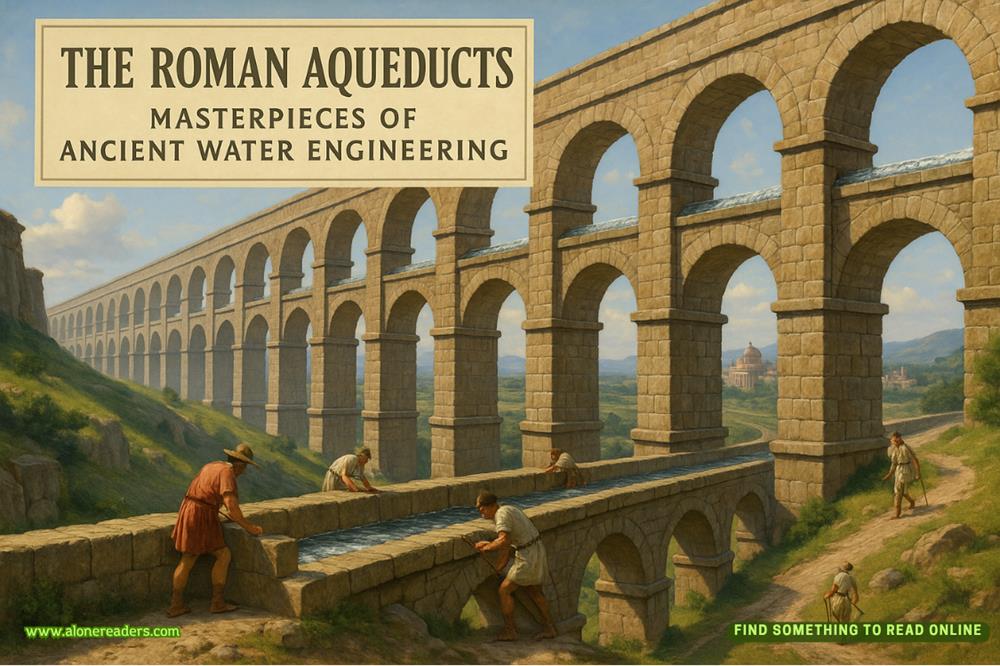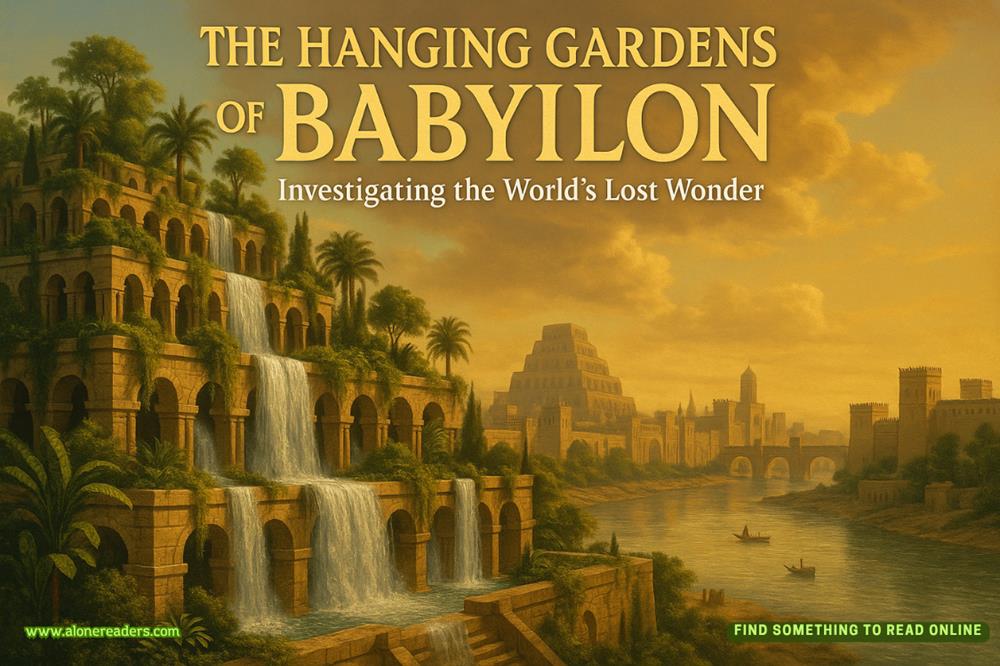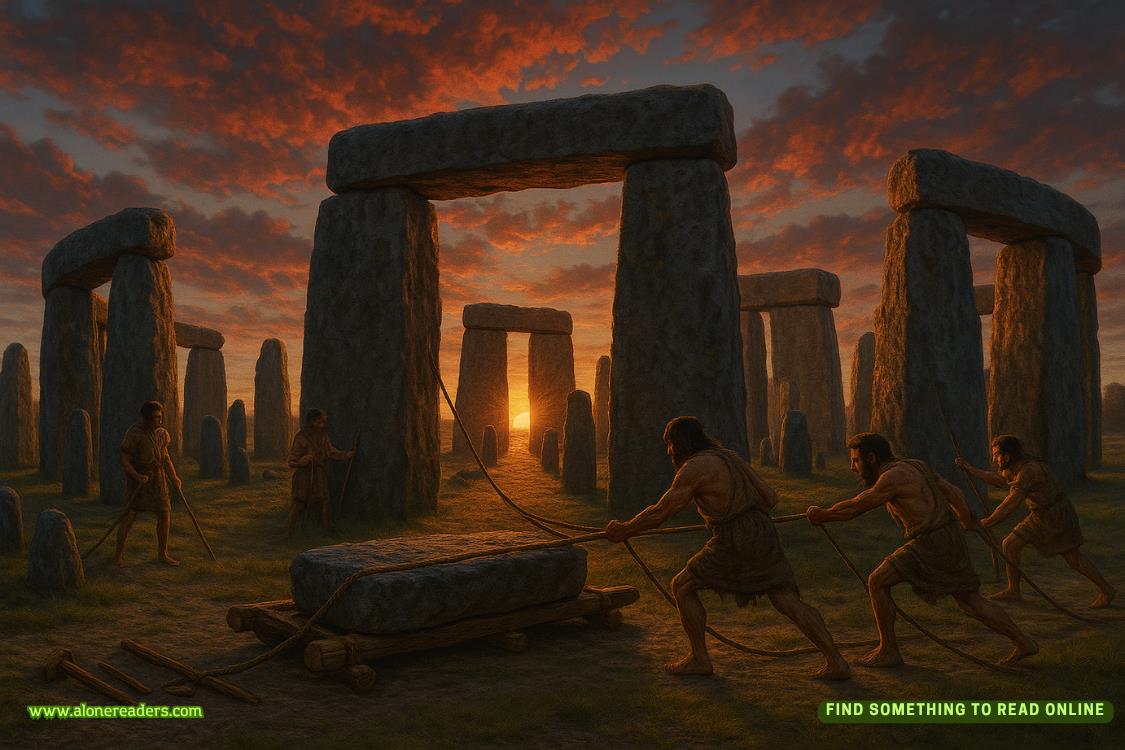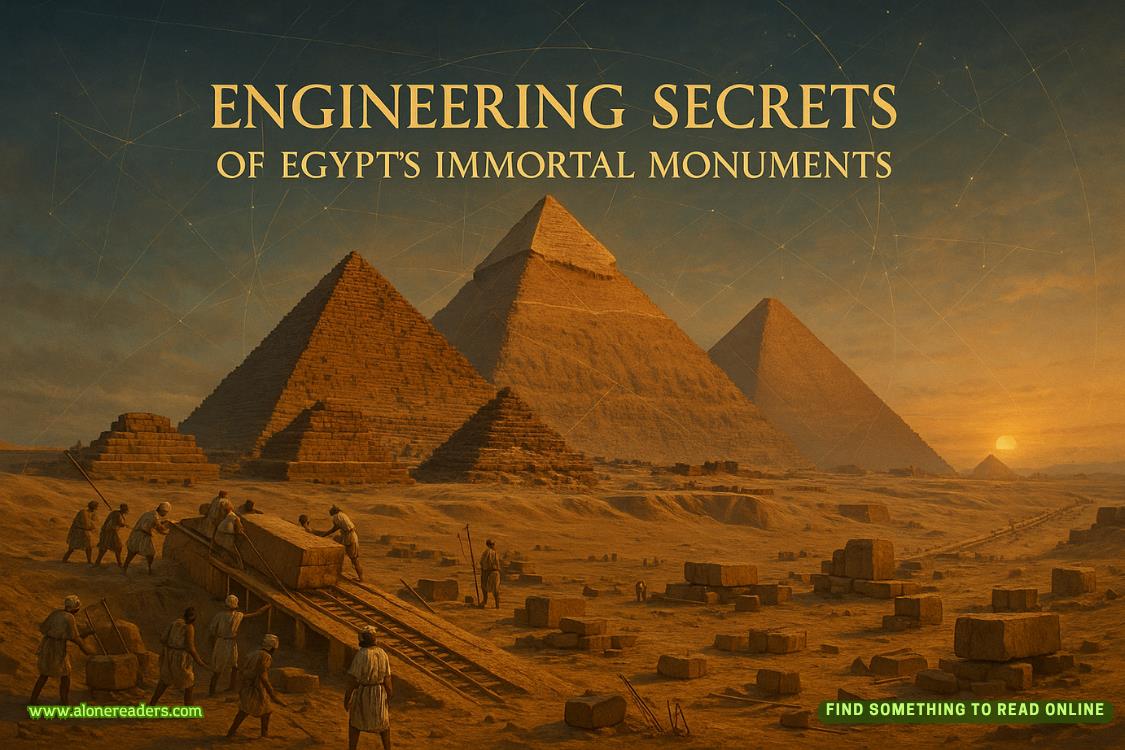Page 185 of Project Hail Mary
“You sleep. I watch.”
I gesture violently to the console. “I have a serious problem here! I don’t have enough fuel storage to survive the trip home! It’s 600,000 kilograms of fuel. It would take 135 cubic meters of storage! I don’t have that much space!”
“I make storage tank.”
“You don’t have enough xenonite for that!”
“Don’t need xenonite. Any strong material will do. Have much metal aboard my ship. Melt, shape, make tank for you.”
I blink a couple of times. “You can do that?”
“Obvious I can do that! You are stupid right now. You sleep. I watch and also design replacement tank. Agree, question?”He starts down the tube toward the dormitory.
“Huh…”
“Agree, question?!”he says, louder.
“Yeah…” I mumble. “Yeah, okay…”
—
I’ve done a lot of EVAs now. But none were as tiring as this one has turned out to be.
I’ve been out here for six hours. The Orlan is a tough old suit and it can handle it. The same can’t be said about me.
“Installing final fuel bay now,” I wheeze. Almost there. Stay on target.
Rocky’s ad-hoc fuel bays are perfect, of course. All I had to do was detach one of my existing bays and give it to him for analysis. Well, I gave it to his hull robot. However he uses that robot to measure stuff, it does a good job. Every valve connection is in the right place and the right size. Every screw threading is perfectly spaced.
All told, he made three perfect copies of the fuel bay I gave him. The only difference is the material. My original bays were made of aluminum. Someone on Stratt’s team had suggested a carbon-fiber hull but she shot that down. Well-tested technology only. Humanity had sixty-odd years of testing aluminum-hulled spacecraft.
The new bays are made of…an alloy. What alloy? Dunno. Rocky doesn’t even know. It’s a mishmash of metals from non-critical systems aboard theBlip-A. Mostly iron, he says. But there’s at least twenty different elements all melted together. It’s basically “metal stew.”
But that’s okay. The fuel bays don’t need to hold pressure. They only have to keep the Astrophage aboard the ship—nothing else. They do need to be strong enough to not break apart from the weight of the fuel inside when the ship accelerates. But that’s not hard. They could literally be made out of wood and be just as effective.
“You are slow,”he says.
“You are mean.” I ratchet the large cylinder into place with straps.
“Apologies. I am excited. Breeder Tanks Nine and Ten!”
“Yeah!” I say. “Fingers crossed!”
We’re up to Taumoeba-78 as of the most recent generation. That strain is breeding away in the tanks while I work on these fuel bays. The spacing is 0.25 percent, which means for the first time ever, some breeder tanks actually have 8 percent or more nitrogen inside.
As for installing the tanks…sheesh. I’ve learned that the first bolt is the hardest. The fuel bay has a lot of inertia and it’s hard to keep aligned with the hole. Also, the original mounting system for the bay is gone. The pyros saw to that. They never figured I’d be adding in new bays after jettisoning old ones. The pyros don’t just open a clamp. They shear the bolts clean off. And they don’t care about the damage to the mounting points.
I spend a lot of time un-suiciding this suicide mission.
While the threaded mounting holes are in reasonable shape, every one of them has a sheared-off bolt to deal with. With no bolt head, they’re a real pain in the patoot to unscrew. I’ve found that the best approach is to bring sacrificial steel rods and the AstroTorch. Melt the bolt a little, melt the rod a little, and weld them together. The result is ugly but it gives me a lever arm with enough torque to remove the bolt. Usually.
When I can’t remove the bolt, I just start melting stuff. Can’t be stuck if it’s liquid.
Three hours later, I finally have all the new fuel bays installed…sort of.
I cycle the airlock, climb out of the Orlan, and enter the control room. Rocky is in his bulb waiting for me.
“It went well, question?”















